Are you looking to achieve healthy, glowing skin? One of the most effective ways to achieve this is through regular exfoliation. Exfoliation is the process of removing dead skin cells from the surface of your skin, revealing a fresh and rejuvenated complexion. Not only does exfoliation improve the texture and appearance of your skin, but it also offers a range of other benefits.
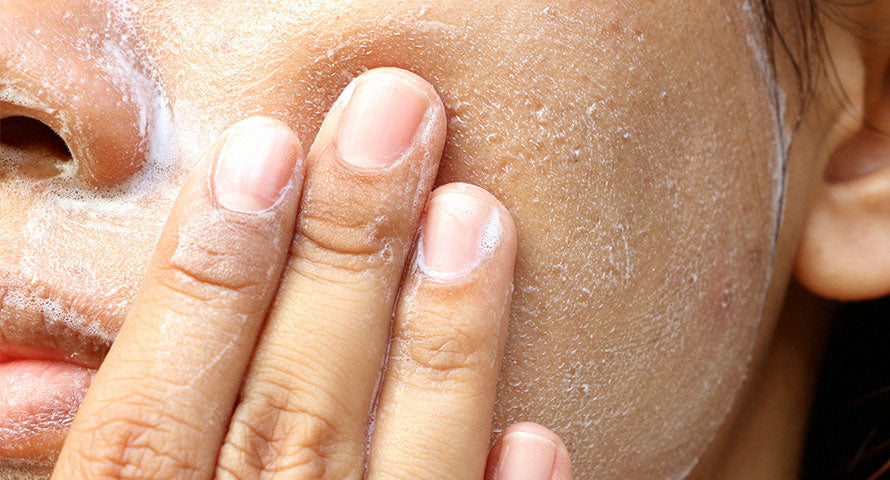
an essential step in any skincare routine. Additionally, regular exfoliation stimulates cell turnover, leading to a more youthful-looking complexion. It also enhances the effectiveness of skincare products, allowing them to penetrate deeper into the skin and deliver their active ingredients more effectively.
What is exfoliation?
Exfoliation is the process of removing dead skin cells from the surface of the skin. It can be done using physical or chemical methods. Physical exfoliation involves using scrubs, brushes, or other tools to physically remove the dead skin cells. Chemical exfoliation, on the other hand, uses acids or enzymes to dissolve the bonds between the dead skin cells and the healthy skin underneath.
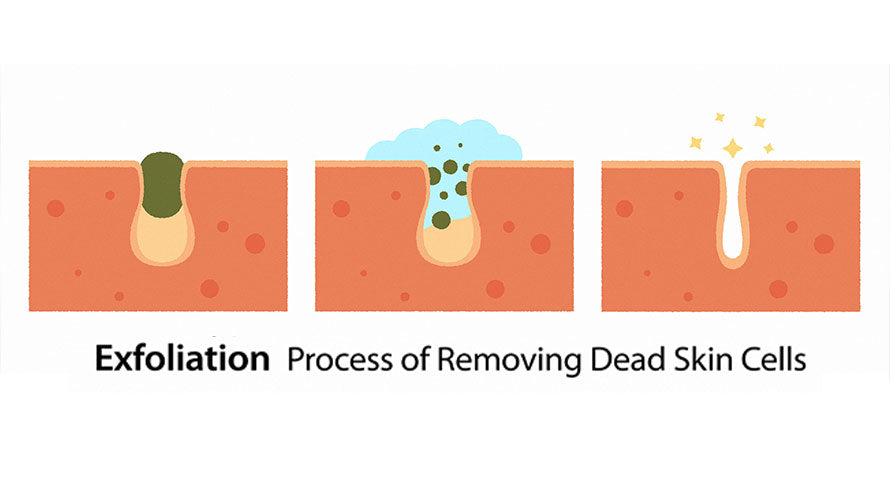
Why is exfoliation important for skin health?
Exfoliation is important for skin health because it helps to remove dead skin cells that can clog pores and cause breakouts. When dead skin cells build up on the surface of the skin, they can mix with oil and dirt, leading to clogged pores and acne. By regularly exfoliating, you can prevent this buildup and keep your skin clear and blemish-free.
In addition to preventing breakouts, exfoliation also stimulates cell turnover. As we age, our skin's natural ability to shed dead skin cells slows down, leading to a dull and lackluster complexion. Exfoliation helps to speed up this process, revealing fresh and rejuvenated skin. It also encourages the production of collagen, which helps to keep the skin firm and supple.
The benefits of exfoliation for the face
Exfoliating the face has numerous benefits. Firstly, it helps to improve the texture and tone of the skin. By removing the dead skin cells on the surface, exfoliation leaves the skin feeling smoother and looking more radiant. It can also help to reduce the appearance of fine lines and wrinkles, as it stimulates collagen production and promotes cell turnover.
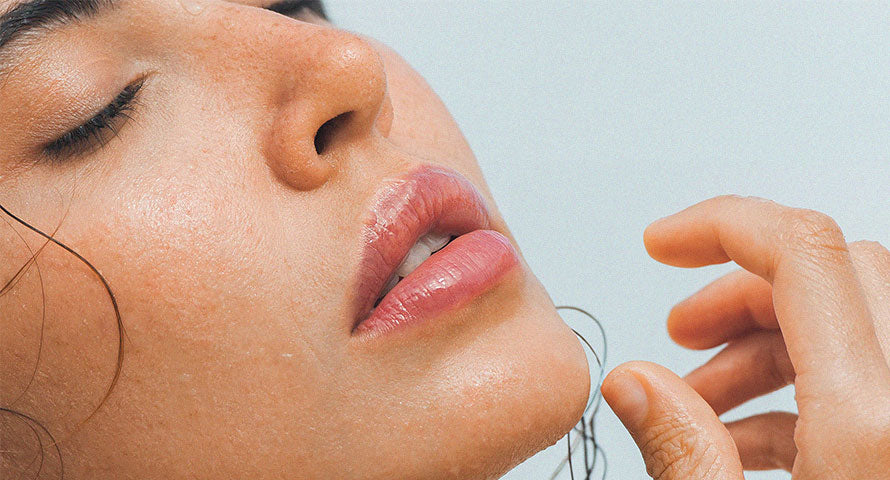
Another benefit of facial exfoliation is that it helps to unclog pores. When dead skin cells, oil, and dirt accumulate in the pores, they can become clogged and lead to acne. Regular exfoliation helps to remove this buildup, keeping the pores clear and preventing breakouts.
The benefits of exfoliation for the body
Exfoliating the body is just as important as exfoliating the face. It helps to remove dead skin cells, leaving the skin smooth and soft. This is especially beneficial if you have dry or rough skin, as exfoliation can help to improve its texture and appearance.
Regular body exfoliation also helps to prevent ingrown hairs. By removing the dead skin cells that can block the hair follicles, exfoliation allows the hairs to grow freely and reduces the risk of ingrown hairs.
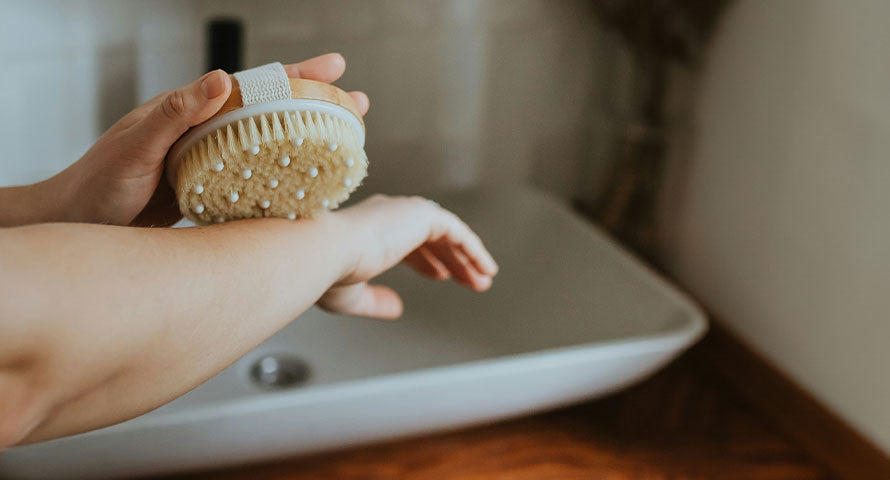
Different types of exfoliation methods
There are several different methods of exfoliation, each with its own benefits and considerations. Physical exfoliation involves using scrubs or brushes to physically remove the dead skin cells. These can be made from various materials, such as sugar, salt, coffee grounds, or microbeads. Physical exfoliation is generally more suitable for the body, as the skin on the face is more delicate and prone to irritation.
Chemical exfoliation, on the other hand, involves using acids or enzymes to dissolve the bonds between the dead skin cells and the healthy skin underneath. This method is often more gentle and can be used on both the face and body. Common chemical exfoliants include alpha hydroxy acids (AHAs) like glycolic acid and lactic acid, as well as beta hydroxy acids (BHAs) like salicylic acid.
How often should you exfoliate?
The frequency of exfoliation depends on your skin type and sensitivity. As a general guideline, it is recommended to exfoliate the face 2-3 times a week, and the body 1-2 times a week. However, if you have sensitive skin or are using a strong exfoliant, it is best to start with less frequent exfoliation and gradually increase as your skin adjusts.
It is important to listen to your skin and adjust the frequency accordingly. If your skin becomes red, irritated, or feels sensitive after exfoliating, you may be exfoliating too often or using a product that is too harsh for your skin. In this case, reduce the frequency or switch to a gentler exfoliant.
DIY exfoliation recipes for glowing skin
If you prefer natural and homemade skincare products, there are many DIY exfoliation recipes you can try. Here are a few simple and effective recipes for glowing skin
Honey and Sugar Scrub
Mix 1 tablespoon of honey with 2 tablespoons of sugar. Gently massage onto damp skin using circular motions, then rinse off with warm water. This scrub is suitable for both the face and body and helps to moisturize and exfoliate the skin.
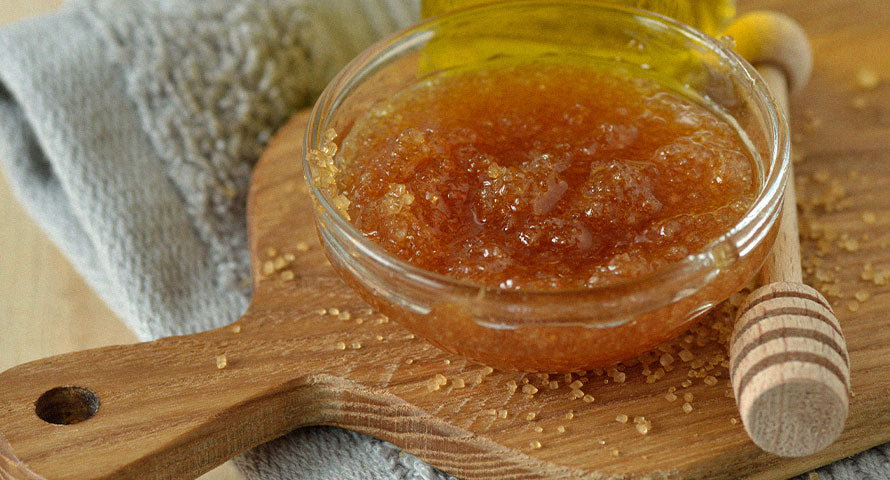
Oatmeal and Yogurt Mask
Mix 2 tablespoons of ground oatmeal with 1 tablespoon of yogurt. Apply to clean skin and leave on for 10-15 minutes. Rinse off with warm water. This mask is gentle and soothing, making it ideal for sensitive or dry skin.
Coffee and Coconut Oil Scrub
Mix 2 tablespoons of ground coffee with 1 tablespoon of melted coconut oil. Massage onto damp skin using circular motions, then rinse off with warm water. This scrub is invigorating and helps to improve circulation, leaving the skin smooth and revitalized.
Choosing the right exfoliator for your skin type
When choosing an exfoliator, it is important to consider your skin type and sensitivity. For dry or sensitive skin, opt for gentle exfoliants that are less abrasive and contain moisturizing ingredients. Look for exfoliators with a creamy or gel-like texture, as these are less likely to strip the skin of its natural oils.
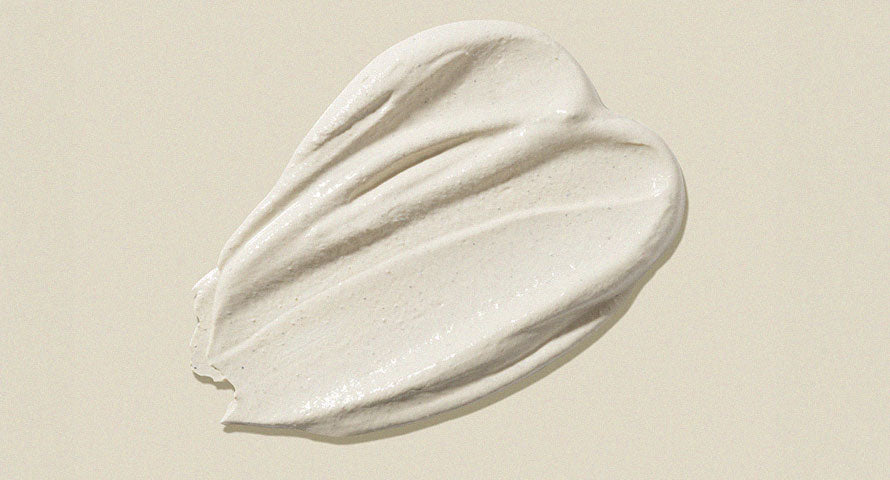
If you have oily or acne-prone skin, you may benefit from exfoliators that contain salicylic acid. This ingredient helps to unclog pores and reduce oiliness. However, be cautious not to over-exfoliate, as this can lead to dryness and irritation.
For normal or combination skin, you have more flexibility in choosing an exfoliator. You can opt for either physical or chemical exfoliants, depending on your preference. Just remember to start with a lower concentration or frequency and adjust as needed.
Common misconceptions about exfoliation
There are several common misconceptions about exfoliation that need to be addressed. One is that exfoliating more frequently will yield better results. In reality, over-exfoliating can lead to irritation, redness, and even damage to the skin's protective barrier. It is important to find the right balance and listen to your skin's needs.
Another misconception is that exfoliation should be painful or leave the skin red and raw. While some mild tingling or slight redness can be normal, excessive discomfort or irritation is not. If you experience any of these symptoms, it is a sign that your exfoliation method or frequency needs to be adjusted.
Incorporating exfoliation into your skincare routine
Incorporating exfoliation into your skincare routine is a simple yet powerful way to achieve healthy, glowing skin. By regularly removing dead skin cells, exfoliation helps to improve the texture and appearance of your skin, prevent breakouts, and stimulate cell turnover. Whether you choose physical scrubs or chemical exfoliants, finding the right method for your skin type is essential. Remember to start slowly, listen to your skin, and adjust the frequency and intensity of exfoliation as needed. With consistent exfoliation, you can unlock the secret to radiant and healthy-looking skin.









Leave a comment